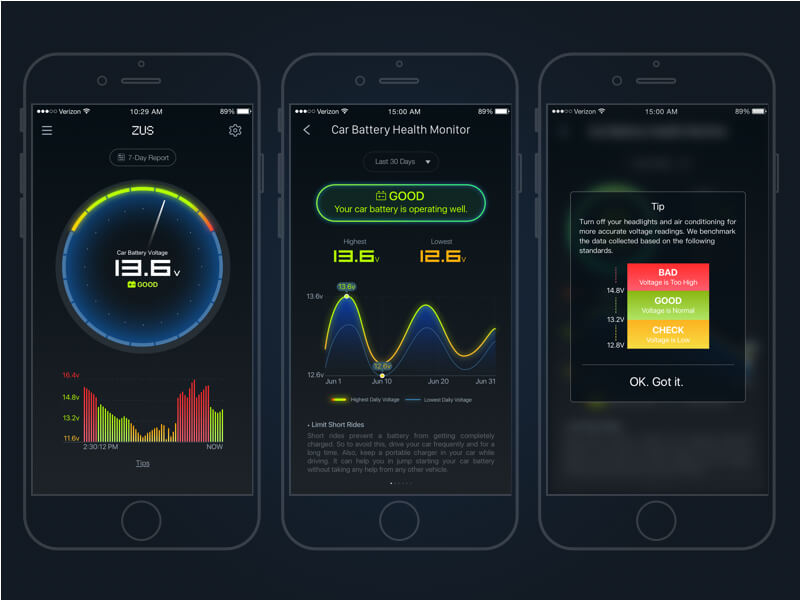The world of trade is shifting. Traditionally it’s simple; manufacturers develop, exporters ship, banks fund and insurers cover.

We spoke to Eric Trijbels, Head of Credit Insurance at Standard Chartered Bank to find out more.
Does this mean trade finance banks will no longer be needed, or is their role in trade simply evolving?
Let’s look at what’s happened. The internet has created hyperconnectivity, yet it wasn’t until the development of big data analytics, deep learning and artificial intelligence that the business potential of such connectivity began to be realized. Knowing where potential clients are, or what their needs might be – and to be able to target them in real time is redefining business landscapes.
An example is supermarket who can now buy a system that monitors what a special client looks at and ends up buying; at the end of the day the store owner can see from each good how much it has been picked up and how many of the people that picked it up ended up buying it. At the end of the day the owner can rearrange his shelves to optimize sales.
Predicting needs and shopping behaviour are obvious wins from these developments. However, enabling companies to integrate their services has the potential to take things up a gear. These technologies are already changing how we receive goods at an individual level. For example, if not home to receive goods ordered, a buyer can remotely communicate via mobile to ask for the package to be left in the car, which is on the driveway. The buyer then remotely opens the car via his mobile, the delivery is placed in the boot and the car is locked again via the phone.

Trade finance – current trends
Let’s compare trade finance with the term loan or bond market. In the loan and bond markets, there is hardly a deal done fully on a bank’s balance sheet. Loan and bond syndications teams wear a combined sales, structuring and syndication hat. Much of this is made possible due to standardization in terminology, transparent or even marked to market pricing, and the fact that each deal is usually relatively large in value and long in tenor.
This is in stark contrast to trade finance. While historical default rates are often lower than private side instruments and returns on capital higher, the deals are bespoke, bilateral or multiparty contracts, involving large volumes of transactions and often many counterparties in various geographies and jurisdictions. It is not uncommon to have to perform sanctions checks on more than 1,000 counterparties and check enforceability of rights in more than 20 countries. Funding happens in many individual drawdowns post receipt of documents (shipping, invoicing or others) that needs to be vetted.
The result of such complexity causes various issues, such as weighty sanctions and fraud check operations, long deal conversion times, heavy documentation, a limited use of balance sheet optimization via syndication, secondary sell-downs or trade credit insurance, and increased operational risk.
The capability to aggregate, analyze and utilize data in real time is helping to address such issues. Application programming interface (API), for example, enables multiple financiers to fund against the same pool of receivables via receivables purchasing agreements. It also allows for monitoring in real time for invoices offered to each party for funding to stay within buyer-, country- and facility limit, while ensuring that no invoices are offered to a buyer overdue on any previous invoices.
As another example, blockchain technology allows invoices to be linked to shipping documents and payments, giving full assurance that an invoice corresponds to a real shipment, sent by the correct seller and received and paid by the correct buyer.
Trade finance – the next five years
Pilots are currently being undertaken with various clients with the help of providers of API and blockchain services. The successful implementation of these should drive a significant reduction in cost associated with sanctions-, fraud- and operational risk.

The potential benefits reach much further than this, however. Two key factors holding back growth in trade finance are (i) the relatively high costs of trade finance for small and medium-sized enterprises (SMEs) and developing countries and (ii) the lack of scalability of (corporate) asset distribution via syndication, selldown or credit insurance, which in turn holds back balance sheet churn for banks Digitisation can help tackle these factors and increase flow business of trade finance products to SMEs and developing countries. It can increase the inflow of balance sheet capacity and liquidity from other banks, fund managers, pension funds, credit insurers to support the origination capacity of leading trade finance banks.
Imagine digitisation enabling an enterprise to be pre-approved for trade finance products and to scan and send its payables and receivables documents to the financing banks’ client interface. Such documents could then be scanned and assessed via algorithms. Where needed, part of the risk is transferred to and/or funded by external investors for capital and credit relief purposes. The funding can then be released in a matter of minutes or hours – rather than days or weeks as is currently the case.
In fact, much of this enabling technology already exists in trade finance. While use is not yet widespread and is limited to a certain client subset, implementation is increasing rapidly.
The implication for trade finance banks is that in the future, they will not be pure providers of funding. More likely, they will become digital trade finance platforms facilitating the funding of all kinds of trade – from a USD50 million oil trade to a USD500 mobile phone sale. Some of the funding may come from them, some or even all may come from other investors. Seamless connectivity between client ecosystems and potential investors will be crucial. We may even see funding become more of an add-on to a separate underlying product, sold by a manufacturer to an end client, or becoming an add-on to insurance offered on credit or cargo insurance.
As trade data aggregators for entire supply chains, banks will also likely play the role of data managers. The safe use and exploitation of data by banks across trade finance via (for example) dark pools will also be critical – creating greater efficiencies in areas such as know-your-customer (KYC) diligence (which is one major cost currently prohibiting banks from onboarding smaller clients).
Bridging to the future
Various hurdles will need to be overcome before we reach this digital state; namely increasing regulatory requirements and the need for technology conversion and assurances in data protection.
On the former, while the banking world has certainly become more complex and legal costs have risen significantly, banks are these days generally better capitalized and able to withstand stress compared to before the Global Financial Crisis (GFC). The regulatory compliance environment will be more and more challenging and banks will have to continuously deal with this. There are now more and more initiatives seeking to homogenize vocabulary and understanding around regulations, for example, Basel III. The dialogue and output from the Basel III think tank meeting held in New York in the beginning of October this year (with attendance from 25 banks, credit insurers and brokers) is a good step forward. Standardization of language and understanding will go a long way to drive clarity in documentation, which is a cornerstone for syndication and credit insurance of trade finance assets. This will make complying with regulatory criteria a lot easier for trade banks.
Conversion of technology is needed to allow banks and other investors in trade finance access to investable assets, and to enable smooth ongoing integration with API and blockchain platforms. Banks may not always be the ones driving this conversion; they are often too big and have a pre-conceived compliance notion (though initiatives like Marco Polo and Voltron give rise to hope). Neither will credit insurers; their balance sheets are too sensitive to changes in underlying risks in their portfolios to drive rapid progress in new technology. Conversion will therefore need be driven by corporates brave enough to set the path.
Finally, data protection is the area requiring the most focus going forward. If the future will be owned by those controlling data, then regulation these groups will become the focus of regulatory requirement. The recently-launched General Data Protection Regulation (GDPR) in the European Union is a good example. No doubt data should be adequately protected against any misuse but such protections should not make the data exchange and use difficult. We need a proper balance. The vast majority of regulations around data in the online world are yet to be written. Data protection thus far has been an evolution, rather than a revolution, and the detailed future of this remains uncertain.
With significant progress already being made against these three issues, the future of trade finance should be viewed with confidence. It’s a transformative, exciting time; there much to do, yet the industry is comprised of the talent needed to drive us in the right direction.
























